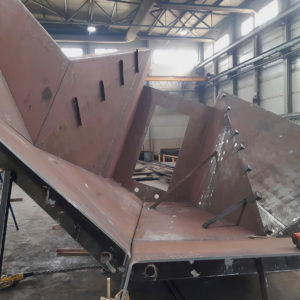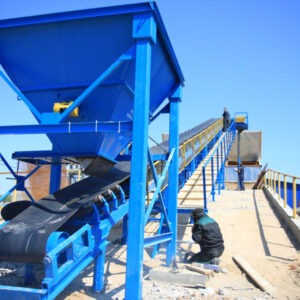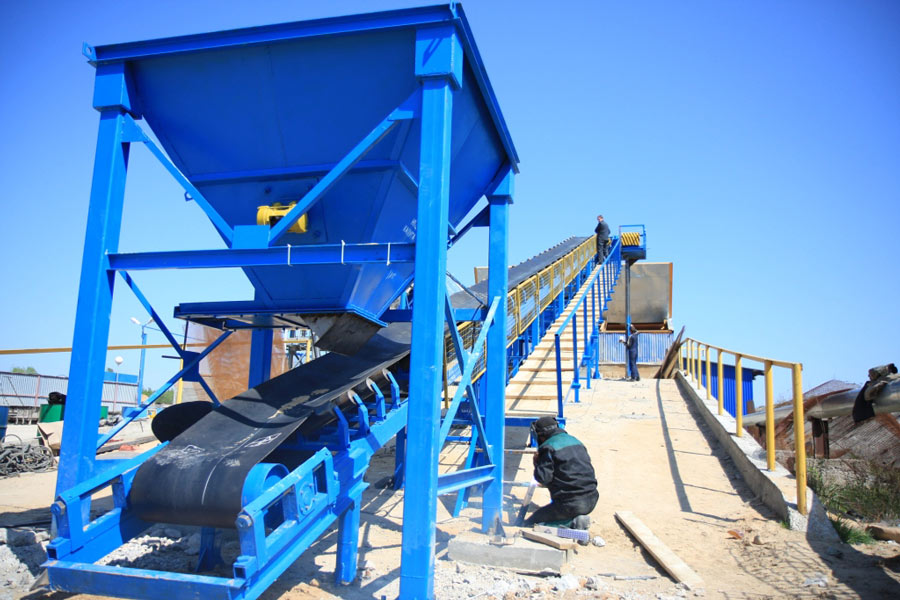Conveyor belt
The belt conveyor provides a continuous global process of delivery of piece loads of various structures (bulk/lumpy) to the object. It is possible to transport both horizontally and tilted.
Belt conveyors allow the transfer of loads to short and long distances. As cargo can act as a piece product (parts, packed products) or bulk substances (for example, coal). Belt conveyors actively sell for metallurgy, mining, agriculture, various terminals (port, for example), etc.
The metal conveyor belt is represented by several elements:
- Frame
- Transport tape
- Drums (drive and tension)
- Conveyor rollers
Rollers are attached to the frame to allow the belt to slide. Two more rollers (drums) tension the mini conveyor belts. The first regulates the belt tension, and the second (fixed on the opposite side of the conveyor) is connected to the electric motor.
From it, the movement is transferred to the drum and the conveyor belt moves. Single-piece cargoes are usually transported on conveyors with smooth belts, small conveyor belt, and loose – on corrugated belts.
Types of conveyor belt:
- By the shape of the route – straight (simple variant) or complex (broken track);
- By scope – special, underground, wide-purpose;
- By tilt angle – horizontal, tilted, combo options and vertical reciprocating conveyors;
- By type of tape – with wire, steel, rubber conveyer belt or rubber-fabric material tape;
- In the direction of the belt movement (lifting/lowering);
- By the speed of the tape and its shape (flat, in the form of a trough), etc.
Wide conveyor belt for higher efficiency
A wide belt conveyor mostly fits mining operations. It handles objects from the feeder itself to roller conveyors. Such a conveyor is designated to be robust, its design with an emphasis on safeness is meant to reduce any operating risks or downtime while increasing capacity.
The conveyor mechanism has several advantages:
- Easy to design and easy to use;
- High productivity;
- Long “way” of transportation;
- Possibility to create a complex route;
- Full visual control of cargo transportation process, etc.





